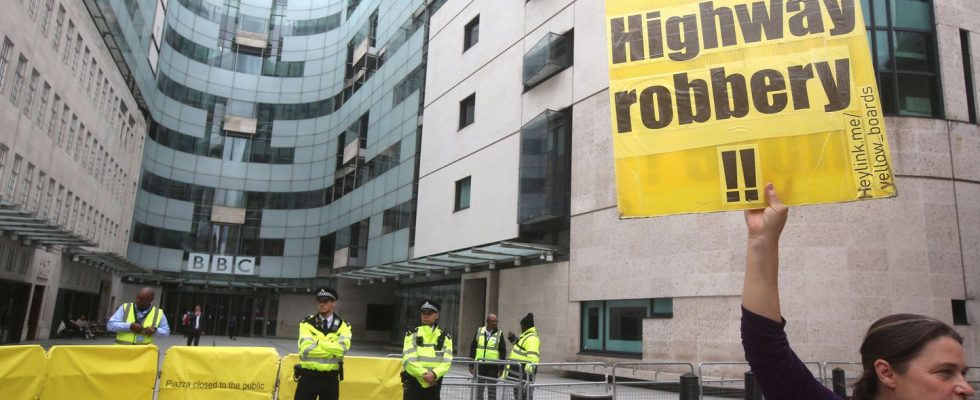“C*** question, but what exactly is the problem with the 15-minute city? » This is the question recently asked by an Internet user in response to a conspiracy publication, which expressed alarm that the QR code requested to access certain areas of Paris during the Olympic Games would in reality be a “life-size test of a system of modern ghettos like “15 minute city””.
The quarter-hour city was theorized by Franco-Colombian urban planner Carlos Moreno in 2016. “The basic idea is that cities should be designed – or redesigned – in such a way that residents of all ages, of all origins and abilities, in all parts of the city, can access their daily needs (housing, work, food, health, education, culture and leisure) within a distance of fifteen minutes on foot or by bike”, explains the latter.
How could this concept have been fertile ground for the development of conspiracy obsessions, going so far as to interfere in demonstrations in the United Kingdom? We will try to see more clearly.
“An additional control instrument”
Several large metropolises have since included this concept in their development plans. This is particularly the case of Paris, who explicitly claims it in his politics. The concept has been adopted by many other cities, such as Montreal Or Milanas well as by the network of cities C40associated to fight against global warming.
As political science researcher Julien Giry explains, the concept of the quarter-hour city arrived in the conspiratorial imagination at the time of the Covid-19 crisis. “After the first confinements, a global imaginary developed according to which once again the elite wanted to reduce the individual freedoms of citizens, and among these freedoms there was freedom of movement. »
Gradually adopted by municipalities, the concept of the quarter-hour city is then interpreted as part of “a sort of political program which would limit travel and contacts between people, the possibilities of organizing, of resisting to the system.” Also promoted by the World Economic Forum, at the heart of conspiracy concerns, the concept becomes for conspiracy theorists, “an additional instrument of control and maintenance of order”, explains Julien Giry. “It’s a kind of another step in the advancement of this great plan of the “great reset” [théorie complotiste populaire] to advance a sort of global dictatorship among the populations. »
A concept that would aim to reduce car use
In the same way, the quarter-hour city is often associated in conspiracy speeches with other measures aimed at reducing greenhouse gas emissions, and therefore the use of the car. For example, electric cars are often at the heart of false information with conspiratorial underpinnings.
“It’s the same thing as for global warming, there is the idea that we should modify our forms of consumption, our forms of travel,” explains the political science researcher. “All of this for them also participates in a sort of global movement to reduce our freedoms, to force us to live in a sanitized world, a world which would no longer be “the real France”. »
In France, a conspiracy confined to the networks
In the United Kingdom, where conspiracy theories around the fifteen-minute city are particularly prevalent, these conspiracy panics have materialized through concrete social movements. In February 2023, in Oxford, several thousand demonstrators gathered to protest against a plan to restrict car traffic in certain neighborhoods (Low Traffic Neighborhoods), and the installation of traffic filters, associated with the concept of the quarter-hour city.
Although the concept is of French origin, conspiracy theories about it are for the moment mainly confined to social networks in France. “Generally speaking, conspiracyism in France is mainly digital,” notes Julien Giry. “The translation of conspiracy theory into political action is relatively weak, as is the case on the political level during elections. »

